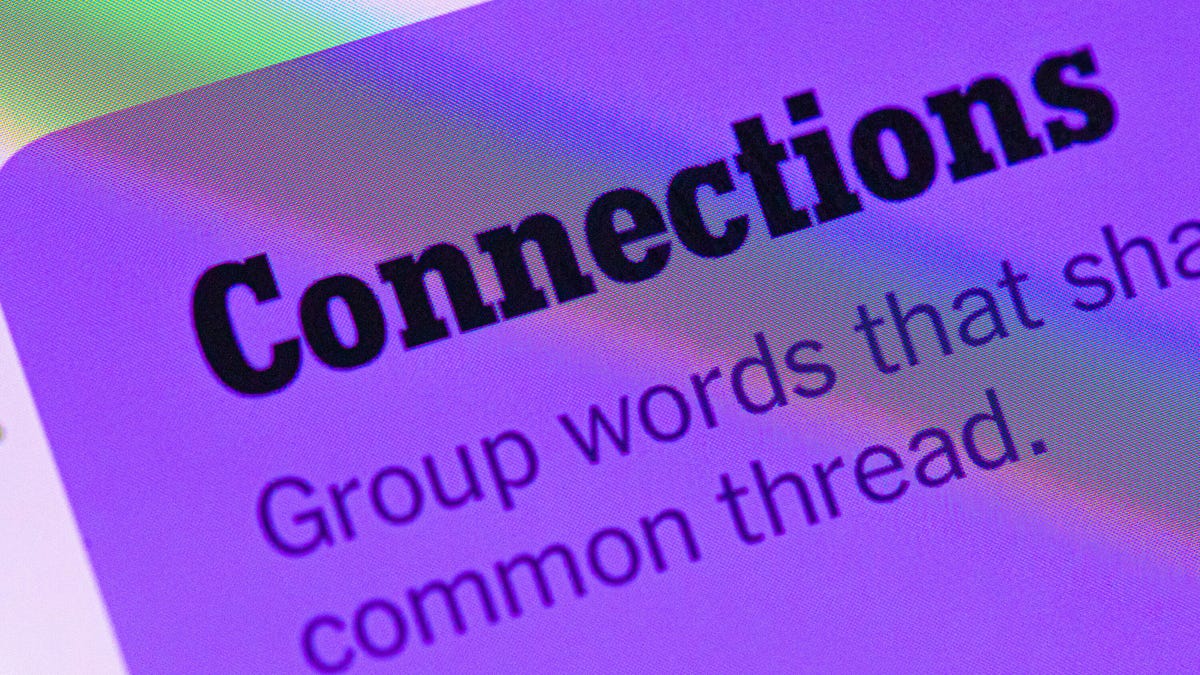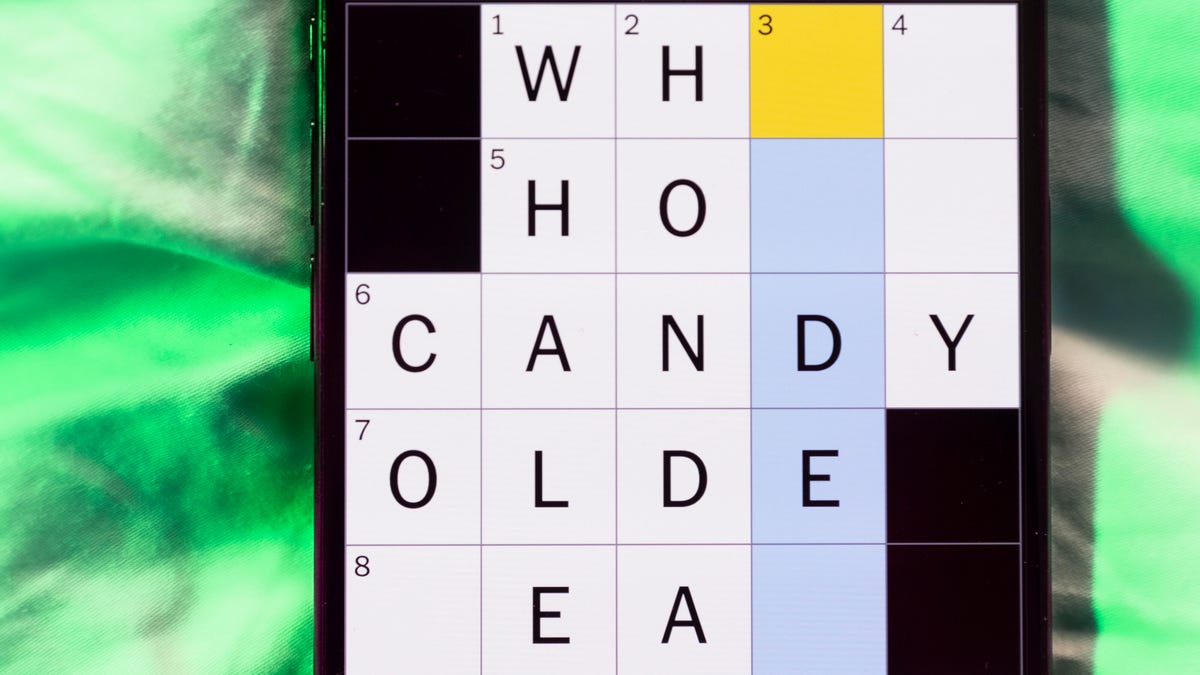Technologies
7 Things Wuchang Fallen Feathers Doesn’t Tell You
If you’re having a tough time with Wuchang, we have some tips to help.

Wuchang: Fallen Feathers isn’t a revolutionary Soulslike title that aims to change the subgenre, but it’s catching the attention of many players right now, in part because it’s available on day 1 on Xbox Game Pass. Wuchang, however, does have some issues with underexplaining certain mechanics, which is giving players a little trouble.
Wuchang makes some changes to the Soulslike formula established by FromSoftware, the developers of Demon’s Souls and Dark Souls. Those changes aren’t laid out so clearly, and unfortunately that adds a layer of difficulty to the game that doesn’t need to be there.
If you’re struggling with Wuchang, here are some tips to help you beat the game.
Get the Sword Counter
An easy tip to start with is a better explanation of the Sword Counter. It’s available in the Impetus Repository (the leveling-up grid), at a shrine, and it doesn’t take many levels to unlock. The Sword Counter is the game’s equivalent of the parry found in other FromSoftware games. It looks like a standard block, but if you time it right, you’ll parry the attack and receive no damage.
But that’s not all. Next to the Sword Counter node on the grid are two variants that are also worth getting. By unlocking all three, when enemies attack you, you can deflect their attacks and knock them to the ground to sneak in extra hits.
Something to keep in mind is that the Sword Counter can only deflect weapon attacks, so enemy punches or kicks can’t be parried. Also, with bosses, your deflects may only give you a window to get a free hit or two, but they have greater value in raising the bosses’ Obliterate meter, which is a circle that increases after successive attacks. Fill this up, and the boss will be staggered, which will allow for a critical attack to deal big damage.
Unlocking the upgrades for your weapons
Along with the improved attacks, new weapon abilities, and stat increases, the Impetus Repository (the game’s name for its skill tree) has nodes to improve a weapon class. You need to unlock the node first and then acquire feathers to upgrade the weapon. The upgrade for a weapon class affects all weapons, so improving longswords by +3 means every longsword in the game will also be +3.
You’ll need specific items for these upgrades, which are usually found on tougher enemies with red eyes and can sometimes be purchased from the merchants. There are Faint, Brilliant and Radiant Red Feathers needed for upgrades, with Radiant ones being the best of the three.
Respec all the time
One useful mechanic in Wuchang is the option to respec, or reallocate your upgrades, at any time. If you feel like you’re a little weak or there’s something you haven’t tried yet, make sure to respec — don’t worry, it’s free and can be repeated indefinitely.
On the Impetus Repository, there’s the option to undo an upgrade to just one node, or you can do it for an entire path. If a weapon like the axe has been doing well against bosses but there’s one boss who’s just too fast to land any attacks, then it’s time to respec and try another weapon. There’s no shame in doing so. And who knows? The new weapon might end up being your favorite.
Wear the right equipment
Like in any Souslike, there are different status effects that build up over time, such as Burn or Blight, this game’s name for poison. Enemies in certain areas will focus on different status effects with their attacks, like how enemies in colder climates can cause Frostbite buildup. There are consumable items you can use to remove the effect or stop the buildup, but in the case of status effects like Despair and Corruption, if your armor resistance isn’t high enough, you can get killed almost immediately from the effect. If you find that happening (and you can tell it happens due to the status effect icon in the middle of the screen), then consider changing your equipment to better resist the status effects you’re running into.
Armor in Wuchang is very situation-based. Some will offer a lot of slash and stab protection, which is great for bosses with swords or spears, but it may offer no protection against Blight, which means you can be poisoned very quickly. In general, armor that’s the best to protect against physical attacks is horrible for status effects, hence you can die almost instantly in certain areas. If you notice that happening, make sure to switch up your armor for the right occasion.
Explore, explore, explore
Like any good Soulslike with quality level design, like Wuchang, there are different paths available and some are easy to overlook. So many side paths in Wuchang seemingly lead to dead ends, but you’d be surprised how many will lead to entirely new areas. Not only can you find powerful items and weapons, but there are entire sections of a map with their own bosses you might have skipped. I missed out on multiple locations as I rushed through the game on my first runs through levels. If you’re having trouble with a boss, spend some time to backtrack a bit and explore every nook and cranny in an area.
Another point to keep an eye out for is the teleport option at the Shrine. If there’s an NPC you should talk to, there will be a small face next to the location listing. These NPCs can give you items or help out with a boss fight, but some won’t be right next to the shrine. In general, places you come across with no enemies and something like a fire tend to be locations where an NPC will eventually appear.
Just die if you’re mad
Probably the most interesting mechanic in Wuchang is the Madness effect, which increases global damage that you deal and get dealt in return. Madness can increase or decrease, depending on what enemies you kill, but it increases significantly after dying. Once Wuchang’s madness reaches above 90%, the next time she dies, an orb that lies where the death happened will manifest into an Inner Demon, and if it kills you or is defeated, the Madness meter goes back to zero. This is very interesting for longtime Souls players because it acts as a punishment for players that can easily be overcome, and in a way, helps get the frustration out for dying.
There is, however, a problem. If you die at the hands of a boss over and over again, the orb will be inside the boss arena and the Inner Demon won’t spawn. The result is that Madness, which if above 90% will increase the damage of your attacks while also increasing the damage you take, won’t go down. You can try to defeat some enemies to lower it, or make a donation to the statue at the Shu Sanctum, but the Madness meter will still shoot up if you die.
If this happens to you, then you need to bite the bullet and just die somewhere else, ideally right near the shrine. When you respawn, you can head to the orb, take down the Inner Demon, and you’ll be back to zero Madness.
Don’t forget to emote
Across the game, there will be certain shiny spots that aren’t signs. It could be a statue, an urn, or a grave marker. Inspect these locations and a message will pop up with a few words in blue. Those words can be «Pay your respect» or «Tai chi.»
When you come across these spots, pull up the pose, or emotes, menu. You’ll see multiple poses, such as worship, examine and a very obvious one, Tai Chi. Assuming the pose at the specific location will unlock a clue about Wuchang’s past, or give up an item.
Wuchang: Fallen Feathers is out now for PC, PS5, and Xbox Series consoles for $50. Xbox Game Pass subscribers can play the game as part of their subscription.
Technologies
Today’s NYT Connections Hints, Answers and Help for Dec. 24, #927
Here are some hints and the answers for the NYT Connections puzzle for Dec. 24 #927

Looking for the most recent Connections answers? Click here for today’s Connections hints, as well as our daily answers and hints for The New York Times Mini Crossword, Wordle, Connections: Sports Edition and Strands puzzles.
Today’s NYT Connections puzzle is kind of tough. Ooh, that purple category! Once again, you’ll need to look inside words for hidden words. Read on for clues and today’s Connections answers.
The Times has a Connections Bot, like the one for Wordle. Go there after you play to receive a numeric score and to have the program analyze your answers. Players who are registered with the Times Games section can now nerd out by following their progress, including the number of puzzles completed, win rate, number of times they nabbed a perfect score and their win streak.
Read more: Hints, Tips and Strategies to Help You Win at NYT Connections Every Time
Hints for today’s Connections groups
Here are four hints for the groupings in today’s Connections puzzle, ranked from the easiest yellow group to the tough (and sometimes bizarre) purple group.
Yellow group hint: Cash out.
Green group hint: Chomp
Blue group hint: Walleye and salmon.
Purple group hint: Make a musical sound, with a twist.
Answers for today’s Connections groups
Yellow group: Slang for money.
Green group: Masticate.
Blue group: Fish.
Purple group: Ways to vocalize musically plus a letter.
Read more: Wordle Cheat Sheet: Here Are the Most Popular Letters Used in English Words
What are today’s Connections answers?
The yellow words in today’s Connections
The theme is slang for money. The four answers are bacon, bread, cheese and paper.
The green words in today’s Connections
The theme is masticate. The four answers are bite, champ, chew and munch.
The blue words in today’s Connections
The theme is fish. The four answers are char, pollock, sole and tang.
The purple words in today’s Connections
The theme is ways to vocalize musically plus a letter. The four answers are hump (hum), rapt (rap), singe (sing) and whistler (whistle).
Don’t miss any of our unbiased tech content and lab-based reviews. Add CNET as a preferred Google source.
Toughest Connections puzzles
We’ve made a note of some of the toughest Connections puzzles so far. Maybe they’ll help you see patterns in future puzzles.
#5: Included «things you can set,» such as mood, record, table and volleyball.
#4: Included «one in a dozen,» such as egg, juror, month and rose.
#3: Included «streets on screen,» such as Elm, Fear, Jump and Sesame.
#2: Included «power ___» such as nap, plant, Ranger and trip.
#1: Included «things that can run,» such as candidate, faucet, mascara and nose.
Technologies
Today’s NYT Mini Crossword Answers for Wednesday, Dec. 24
Here are the answers for The New York Times Mini Crossword for Dec. 24.

Looking for the most recent Mini Crossword answer? Click here for today’s Mini Crossword hints, as well as our daily answers and hints for The New York Times Wordle, Strands, Connections and Connections: Sports Edition puzzles.
Need some help with today’s Mini Crossword? I’m Irish-American, but yet 6-Down, which involves Ireland, stumped me at first. Read on for all the answers.. And if you could use some hints and guidance for daily solving, check out our Mini Crossword tips.
If you’re looking for today’s Wordle, Connections, Connections: Sports Edition and Strands answers, you can visit CNET’s NYT puzzle hints page.
Read more: Tips and Tricks for Solving The New York Times Mini Crossword
Let’s get to those Mini Crossword clues and answers.
Mini across clues and answers
1A clue: Wordle or Boggle
Answer: GAME
5A clue: Big Newton
Answer: ISAAC
7A clue: Specialized vocabulary
Answer: LINGO
8A clue: «See you in a bit!»
Answer: LATER
9A clue: Tone of many internet comments
Answer: SNARK
Mini down clues and answers
1D clue: Sharks use them to breathe
Answer: GILLS
2D clue: From Singapore or South Korea, say
Answer: ASIAN
3D clue: Large ocean ray
Answer: MANTA
4D clue: ___ beaver
Answer: EAGER
6D clue: Second-largest city in the Republic of Ireland, after Dublin
Answer: CORK
Don’t miss any of our unbiased tech content and lab-based reviews. Add CNET as a preferred Google source.
Technologies
Quadrantids Is a Short but Sweet Meteor Shower Just After New Year’s. How to See It
This meteor shower has one of the most active peaks, but it doesn’t last for very long.

The Quadrantids has the potential to be one of the most active meteor showers of the year, and skygazers won’t have long to wait to see it. The annual shower is predicted to reach maximum intensity on Jan. 3. And with a display that can rival Perseids, Quadrantids could be worth braving the cold to see it.
Don’t miss any of our unbiased tech content and lab-based reviews. Add CNET as a preferred Google source.
The show officially begins on Dec. 28 and lasts until Jan. 12, according to the American Meteor Society. Quadrantids is scheduled to peak on Jan. 2-3, when it may produce upwards of 125 meteors per hour. This matches Perseids and other larger meteor showers on a per-hour rate, but Quadrantids also has one of the shortest peaks at just 6 hours, so it rarely produces as many meteors overall as the other big ones.
The meteor shower comes to Earth courtesy of the 2003 EH1 asteroid, which is notable because most meteor showers are fed from comets, not asteroids. Per NASA, 2003 EH1 is a near-Earth asteroid that orbits the sun once every five and a half years. Science posits that 2003 EH1 was a comet in a past life, but too many trips around the sun stripped it of its ice, leaving only its rocky core. The Earth runs through EH1’s orbital debris every January, which results in the Quadrantids meteor shower.
How and where to see Quadrantids
Quadrantids is named for the constellation where its meteors appear to originate, a point known as the radiant. This presents another oddity, as the shower originates from the constellation Quadrans Muralis. This constellation ceased to be recognized as an official constellation in the 1920s and isn’t available on most publicly accessible sky maps.
For the modern skygazer, you’ll instead need to find the Bootes and Draco constellations, both of which contain stars that were once a part of the Quadrans Muralis. Draco will be easier to find after sunset on the evening of Jan. 2, and will be just above the horizon in the northern sky. Bootes orbits around Draco, but will remain under the horizon until just after 1 a.m. local time in the northeastern sky. From that point forward, both will sit in the northeastern part of the sky until sunrise. You’ll want to point your chair in that direction and stay there to see meteors.
As the American Meteor Society notes, Quadrantids has a short but active peak, lasting around 6 hours. The peak is expected to start around 4 p.m. ET and last well into the evening. NASA predicts the meteor shower to start one day later on Jan. 3-4, so if you don’t see any on the evening of Jan. 2, try again on Jan. 3.
To get the best results, the standard space viewing tips apply. You’ll want to get as far away from the city and suburbs as possible to reduce light pollution. Since it’ll be so cold outside, dress warmly and abstain from alcoholic beverages, as they can affect your body temperature. You won’t need any binoculars or telescopes, and the reduced field of view may actually impact your ability to see meteors.
The bad news is that either way, the Quadrantids meteor shower coincides almost perfectly with January’s Wolf Moon, which also happens to be a supermoon. This will introduce quite a lot of light pollution, which will likely drown out all but the brightest meteors. So, while it may have a peak of over 100 meteors per hour, both NASA and the AMS agree that the more realistic expectation is 10 or so bright meteors per hour.
-

 Technologies3 года ago
Technologies3 года agoTech Companies Need to Be Held Accountable for Security, Experts Say
-

 Technologies3 года ago
Technologies3 года agoBest Handheld Game Console in 2023
-

 Technologies3 года ago
Technologies3 года agoTighten Up Your VR Game With the Best Head Straps for Quest 2
-

 Technologies4 года ago
Technologies4 года agoBlack Friday 2021: The best deals on TVs, headphones, kitchenware, and more
-

 Technologies4 года ago
Technologies4 года agoVerum, Wickr and Threema: next generation secured messengers
-

 Technologies4 года ago
Technologies4 года agoGoogle to require vaccinations as Silicon Valley rethinks return-to-office policies
-

 Technologies4 года ago
Technologies4 года agoOlivia Harlan Dekker for Verum Messenger
-

 Technologies4 года ago
Technologies4 года agoiPhone 13 event: How to watch Apple’s big announcement tomorrow
